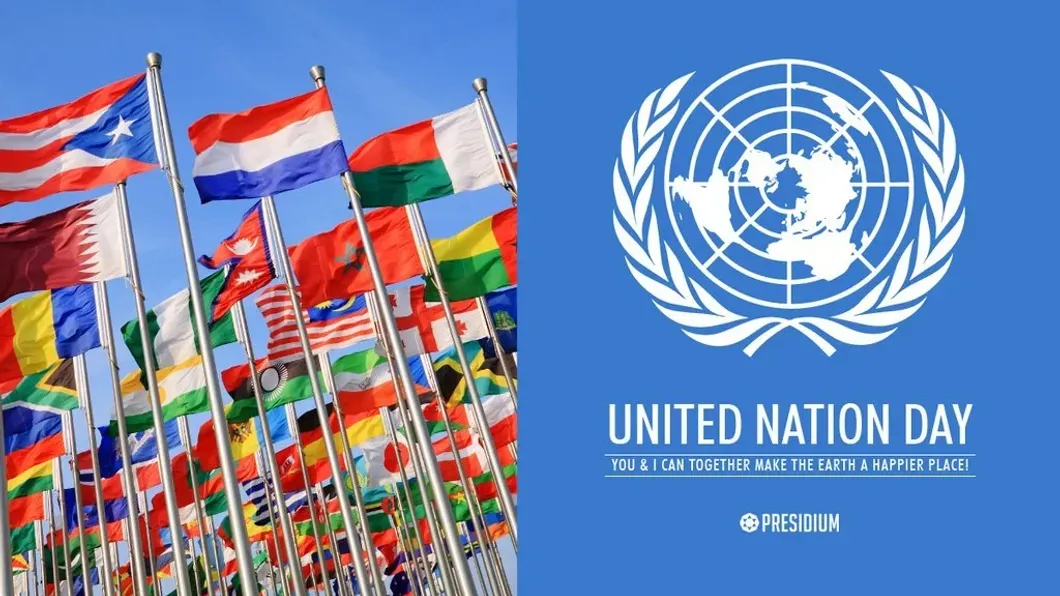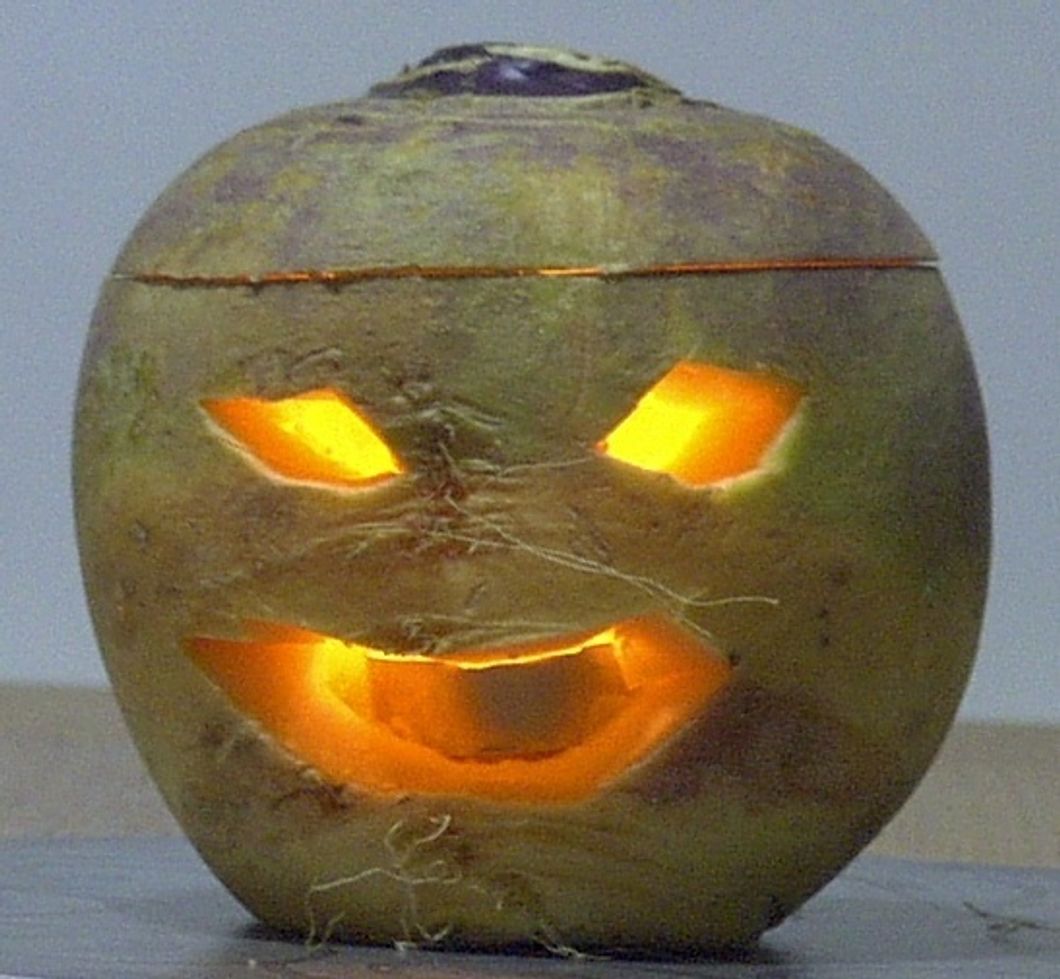For the longest time, I have been selecting the wrong box. It wasn't until very recently that I realized that even though my family immigrated from a country in Asia, I was not necessarily "Asian." Throughout my life I continued to check "Asian" in all applications and forms, but little did I know that the United States government had reserved that box for only one group of people.
Asia, the largest continent in the world and also the most populous, consists of 60 percent of the world’s entire population. Although the geographical term “Asia” was originally used by ancient Greeks to describe the civilizations of the East, Asian people are not a collective group. Asia consists of a diverse mix of cultures, from Hong Kong to Bangladesh, all comprise of people who are different and rich in their own individual culture. Today, the term “Asia” is nothing but a cultural concept used by the West to generalize an entire continent and paint all people with one brush.
As someone from South Asian descent, my ethnicity is now lost in the pool with everyone else that circles "Asian." I never understood how so many people could be categorized under one box. This led me to believe that maybe the South Asian population in the United States is low and insignificant. However, this is far from the truth.
According to the 2013 American Community Survey nearly 4.3 million South Asians live in the United States. They are the fasted growing population in America and make up one of the largest Asian American ethnic groups in the country. In terms of population growth, the South Asian population in America grew by 97 percent. The Bangladeshi community experiences the most significant growth, increasing by 196 percent followed by Pakistani, Sri Lankan, and Indian. By 2065, it is projected that Asian Americans will be the largest immigration population in the United States. According to the Pew Research organization, by 2055, Asians, in general, are projected to surpass Hispanics and in 50 years, they will make up 38 percent of all U.S. immigrants.
Clearly, there are a lot of us here, and when people aren’t counted for, there is a lack of research and data regarding their population. This, in turn, makes it difficult to help South Asian Americans if we don’t know much about them. The U.S. Census Bureau has one box to select for people in the entire continent of Asia. However, a Chinese American is very different from an Indian American. And both Chinese and Indian Americans are very different from someone in the Middle East, who is also from Asia.
America does not have the culture that is accepting of diversity. The question of Asian American identity is contested, with South Asian groups finding it more challenging for American society to view them as Asian Americans. A NAAS survey asked Americans “Who Counts As An Asian American?” to which almost 50 percent of white, Latinos and African Americans responded that Indians, Pakistanis, and Middle Eastern people are not likely to be Asian/Asian American. It is clearly evident that when Americans think of Asians, they have only one particular group in mind.
South Asians are culturally very strong and do not easily let go of their heritage, which makes it hard for them to assimilate into Western culture. The lack of assimilation plays an advantage because it displays their strong roots. However, this also means that other Americans refuse to view South Asians as one of their own.
If you succeed in assimilation, then you lose your culture. But if you keep your culture, then it’s hard to succeed in American society. Western culture has the tendency to impose their Eurocentric ideals onto other people until they have forget their own culture altogether.
It is imperative for government agencies at the federal, state and local levels to accumulate improved data collection and community engagement on various issues such as racial profiling, immigration, and hate violence in regards to South Asian Americans. The media needs to produce more elevating stories covering South Asian communities on various issues, including elections, immigration, and civil rights. If more data is collected regarding the South Asian population, it will provide methods to help them.
Overgeneralization of an entire continent filled with different people with different experiences undermines their struggle. In order to help all Asians in America, it is important to create subgroups that help pertain to each Asian American and is unique to their own experience. It is essential for the United States government to recognize South Asians as their own entity and include them in the American fabric, and maybe, give them their own box to check.

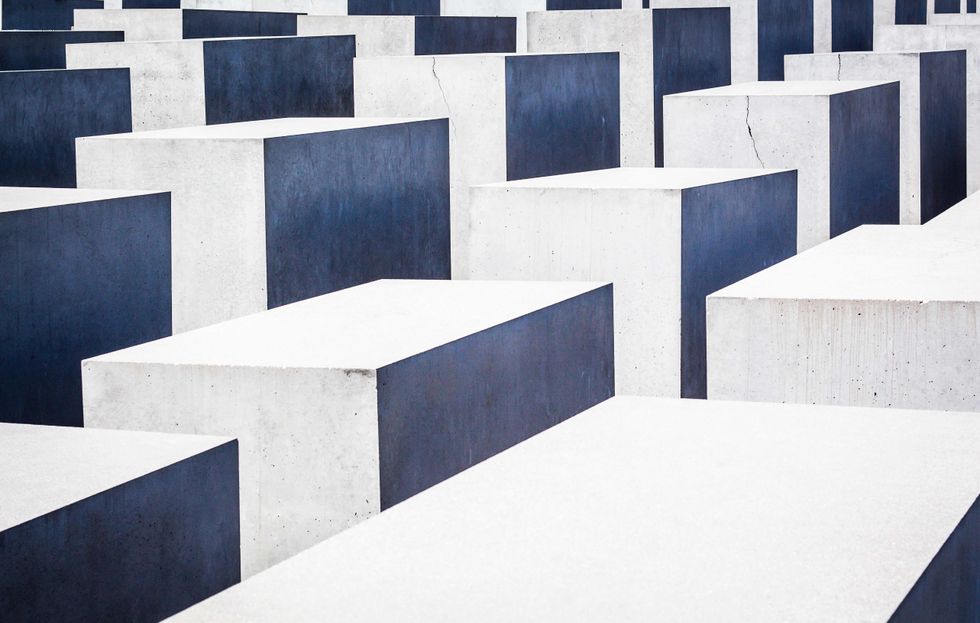


 Going to the cinema alone is good for your mental health, says science
Going to the cinema alone is good for your mental health, says science





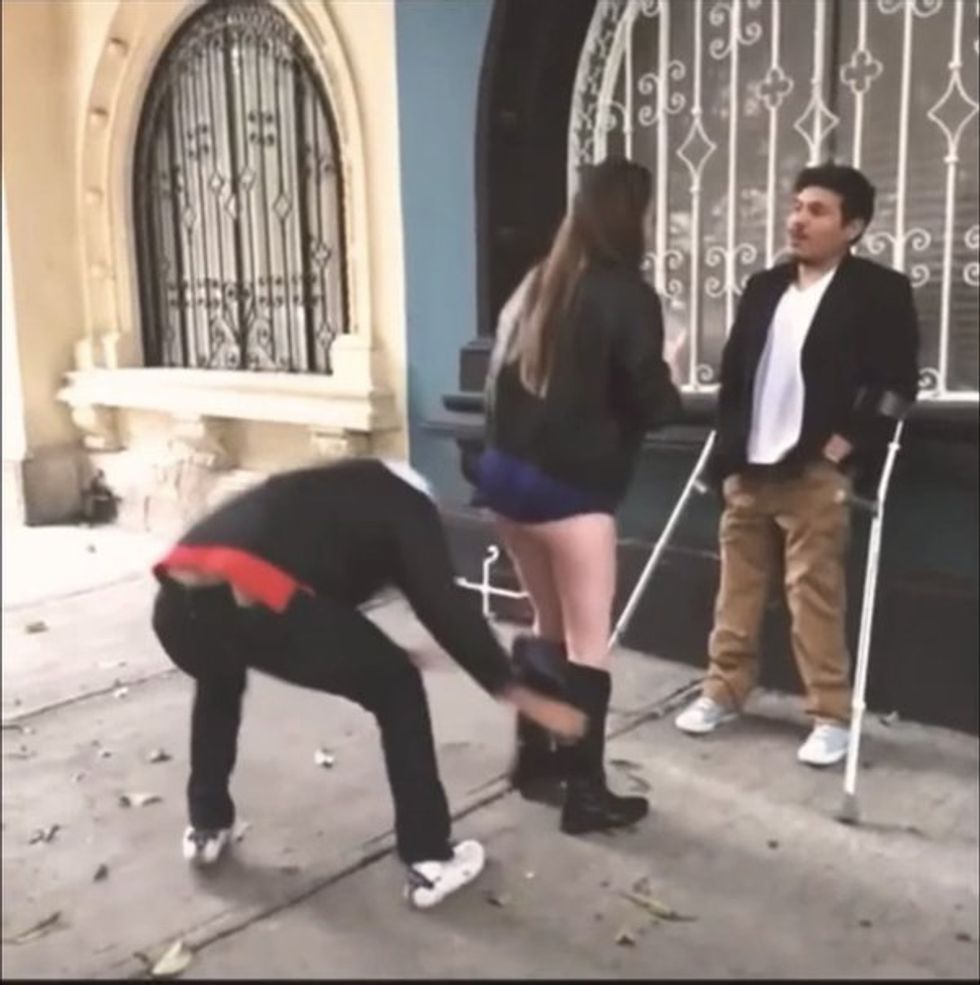


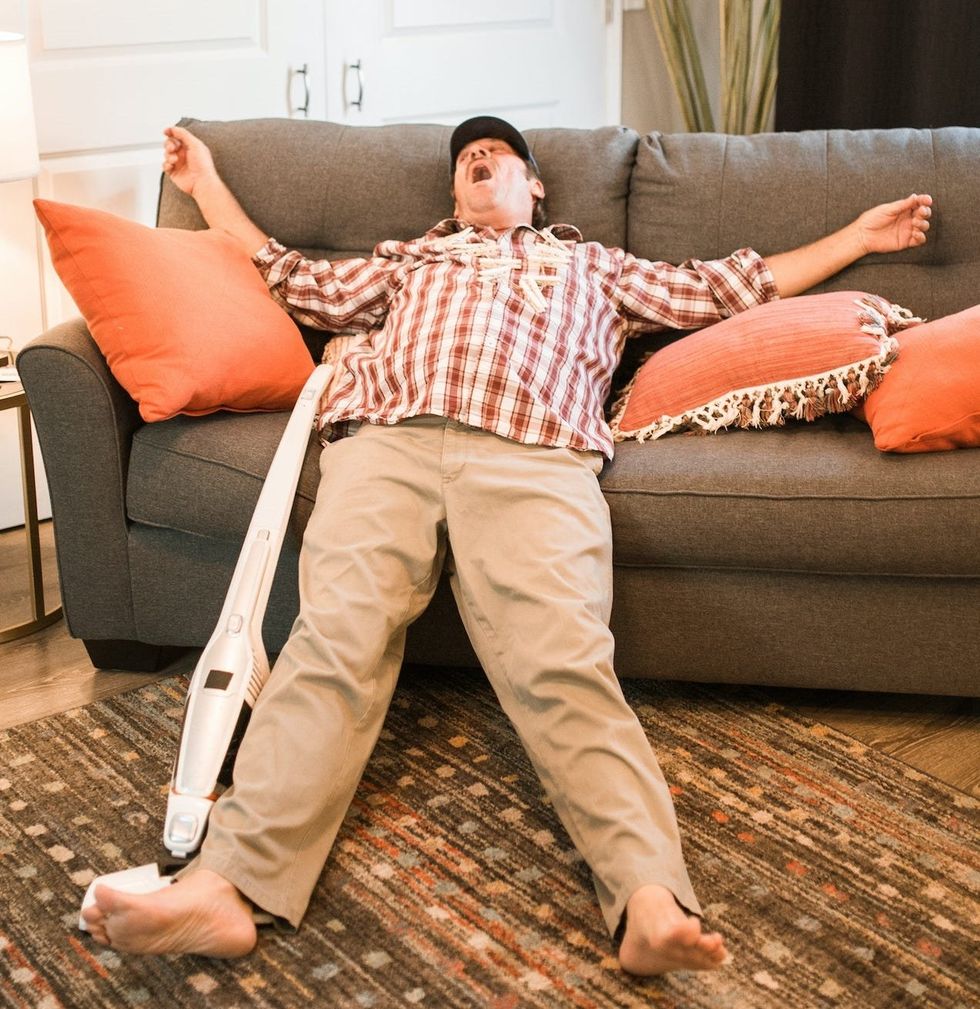



 women in street dancing
Photo by
women in street dancing
Photo by  man and woman standing in front of louver door
Photo by
man and woman standing in front of louver door
Photo by  man in black t-shirt holding coca cola bottle
Photo by
man in black t-shirt holding coca cola bottle
Photo by  red and white coca cola signage
Photo by
red and white coca cola signage
Photo by  man holding luggage photo
Photo by
man holding luggage photo
Photo by  topless boy in blue denim jeans riding red bicycle during daytime
Photo by
topless boy in blue denim jeans riding red bicycle during daytime
Photo by  trust spelled with wooden letter blocks on a table
Photo by
trust spelled with wooden letter blocks on a table
Photo by  Everyone is Welcome signage
Photo by
Everyone is Welcome signage
Photo by  man with cap and background with red and pink wall l
Photo by
man with cap and background with red and pink wall l
Photo by  difficult roads lead to beautiful destinations desk decor
Photo by
difficult roads lead to beautiful destinations desk decor
Photo by  photography of woman pointing her finger near an man
Photo by
photography of woman pointing her finger near an man
Photo by  closeup photography of woman smiling
Photo by
closeup photography of woman smiling
Photo by  a man doing a trick on a skateboard
Photo by
a man doing a trick on a skateboard
Photo by  two men
two men  running man on bridge
Photo by
running man on bridge
Photo by  orange white and black bag
Photo by
orange white and black bag
Photo by  girl sitting on gray rocks
Photo by
girl sitting on gray rocks
Photo by  assorted-color painted wall with painting materials
Photo by
assorted-color painted wall with painting materials
Photo by  three women sitting on brown wooden bench
Photo by
three women sitting on brown wooden bench
Photo by 
 Photo by
Photo by  Photo by
Photo by  Photo by
Photo by  Photo by
Photo by 


 people sitting on chair in front of computer
people sitting on chair in front of computer



 all stars lol GIF by Lifetime
all stars lol GIF by Lifetime two women talking while looking at laptop computerPhoto by
two women talking while looking at laptop computerPhoto by  shallow focus photography of two boys doing wacky facesPhoto by
shallow focus photography of two boys doing wacky facesPhoto by  happy birthday balloons with happy birthday textPhoto by
happy birthday balloons with happy birthday textPhoto by  itty-bitty living space." | The Genie shows Aladdin how… | Flickr
itty-bitty living space." | The Genie shows Aladdin how… | Flickr shallow focus photography of dog and catPhoto by
shallow focus photography of dog and catPhoto by  yellow Volkswagen van on roadPhoto by
yellow Volkswagen van on roadPhoto by  orange i have a crush on you neon light signagePhoto by
orange i have a crush on you neon light signagePhoto by  5 Tattoos Artist That Will Make You Want A Tattoo
5 Tattoos Artist That Will Make You Want A Tattoo woman biting pencil while sitting on chair in front of computer during daytimePhoto by
woman biting pencil while sitting on chair in front of computer during daytimePhoto by  a scrabbled wooden block spelling the word prizePhoto by
a scrabbled wooden block spelling the word prizePhoto by 




